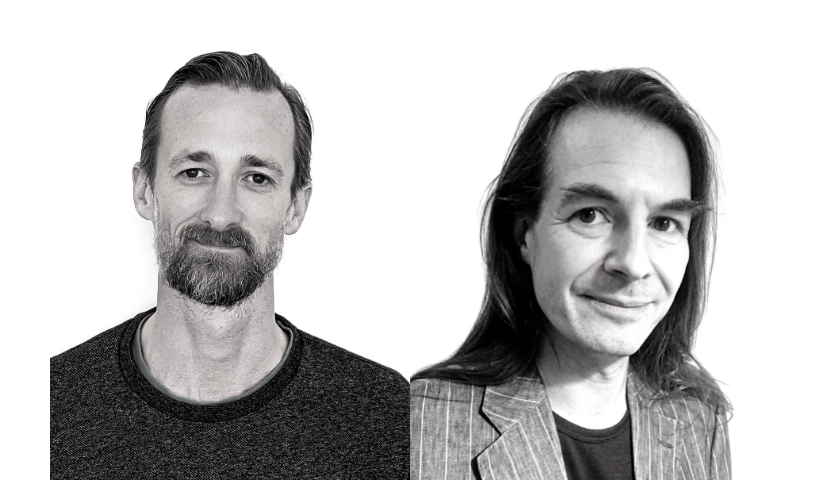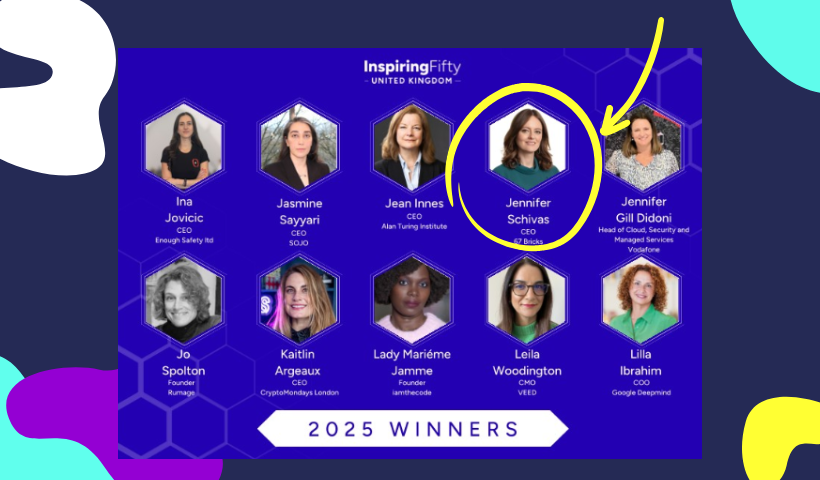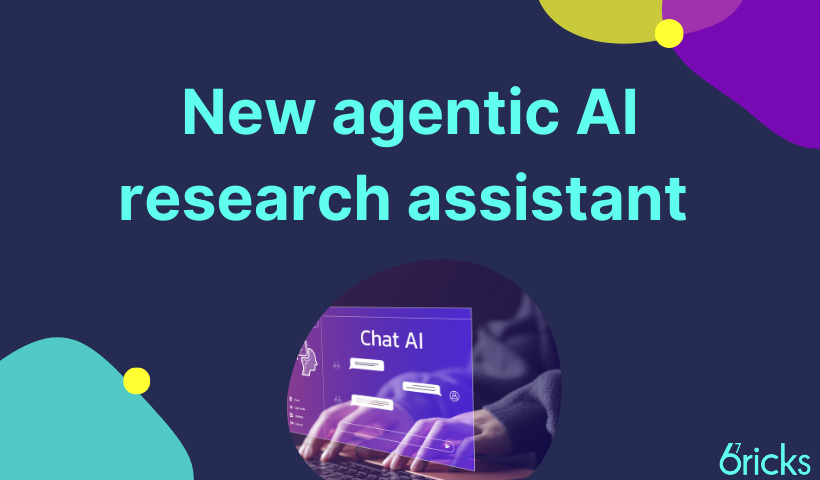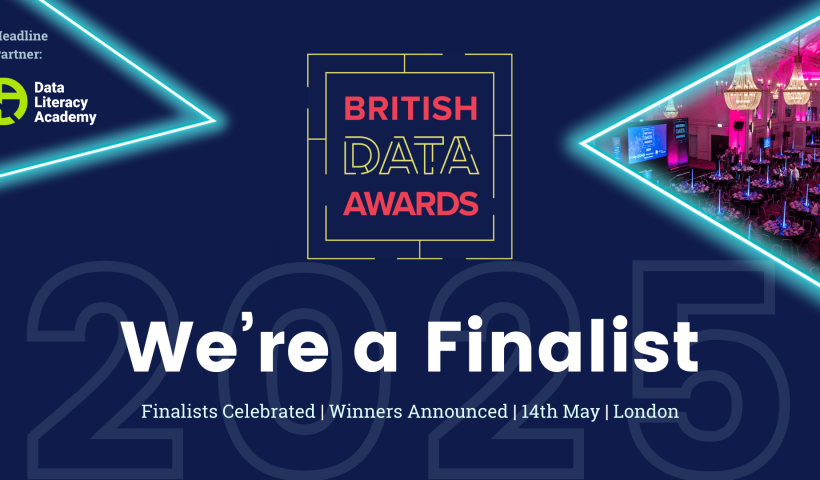
May 2017 marks 67 Bricks’ 10th anniversary of building data and content solutions for the information industry. We took the opportunity to chat with co-founders Sam Herbert and Inigo Surguy about the origins of the company and changes over that time.
What does 67 Bricks do?
Sam: We build information products and content and data systems that help publishers achieve their strategic business objectives. We help our clients evolve how they store, manage and deliver their content and data assets. Typically we end up working on some of the more difficult content and data problems our clients face. We are good at getting to understand the detail of an organisation’s content, its specificity. Content is a core asset for our clients, so it is vital how they structure and deal with it to become more efficient, more automated. It’s about giving them the capability to deliver that.
Inigo: There is a strong element of partnership to it. We spend time up front to understand the specifics of our clients and we come together collaboratively to get to a solution. It is vital that the client trusts that we can help them achieve their business objectives, and that they trust in our technical capability. It is quite a rare combination. We thrive in taking on the difficult problems.
Why did you decide to start a company?
Sam: We had worked together before at a CMS software company and we kept in touch after we moved on from that. We felt we would work well together and so we started meeting up at weekends to toss around ideas for a new company. We identified an opportunity to build content systems for information companies.
Inigo: The first project was for a healthcare technology company where I had previously worked. We created an API involving SNOMED and HL7 medical terms – a taxonomy service.
But the first organisation that placed its trust in us was the British Standards Institution (BSI) where we created a tool for the public to review and comment on draft standards online; that was closely followed by work for Pharmaceutical Press. Suddenly we got busy: these projects led to more work for publishing and heavily content based organisations. We realised we had uncovered a real need, and that we had developed a specialism in content enrichment.
How has the publishing sector changed since you started working in it?
Sam: Clients’ understanding of how much there is to do around data and content, and how important and central it is to their operations, is much greater now. Ten years ago there was an uncertainty amongst publishers about what their digital strategy should be. Each publisher’s strategy was very different, but now there is convergence about what needs to be done and the level of work that needs doing. In most cases there is more focus on how to implement digital strategies, how to execute, rather than on what the digital strategy should be.
There was a period of double-digit growth for publishers just by publishing more stuff, more efficiently, using existing processes and systems but that appears to be at an end: now they know they need to change in order to maintain growth and remain competitive. And that means getting more value out of their data and content.
In the standards, regulation and legislation space change has been slower amongst the incumbents, but they are also being threatened by structural changes and by new entrants and the need for change is becoming clearer. The opportunities are significant, but the desire to change has been slow.
What has not changed?
Sam: In many areas of publishing, and particularly in scholarly publishing, there is a quite internally focused cycle of interdependency amongst the organisations involved. (So for example, the universities and other research organisations that employ the authors also buy the journals and books). This has led to a lack of focus on the needs of the user – contrast the business-to-consumer sectors where, if a business doesn’t meet consumer needs, those consumers quickly go elsewhere – whereas academic authors have no alternative but to keep on publishing in the same places. But now there are big structural changes underway in scholarly publishing it is vital that publishers get better at delivery on the needs of users and to achieve this they need to get better at understanding the content they are publishing.
Do you think the challenges faced by publishing organisations in becoming fully digital are different from other sectors?
Inigo: The main distinguishing feature for publishers is legacy content. There is lots of unstructured or badly structured content to be dealt with and this means there is a complexity that other organisations do not face. And of course lots of content silos each with different formats.
What is it like to work at 67 Bricks – what is its ethos?
Inigo: What we fundamentally try to do is hire the most competent, motivated and talented people and put them in an environment where they can be really effective at solving clients’ problems. Everything is orientated to working together well and solving people’s problems. Our people really enjoy solving problems that achieve results for our clients – that have a real impact for them. So it is fairly focused, but friendly.
How have the technologies and methodologies changed over the last 10 years?
Inigo: The principles and core technologies are essentially the same, but ancillary things have transformed, for example the availability of the cloud has made a big difference in how quickly you can get started and deploy. There is tooling that is more mobile-friendly. There is easier access to a lot of things like NoSQL and graph databases, which are more mainstream now, whereas 10 years ago they were niche and more difficult to work with.
Project methodologies have changed too – we now mostly use agile techniques because we find that projects run more effectively that way. But if clients are uncomfortable with that, we sometimes still use a more waterfall style, or devise a hybrid framework depending on the specific needs of the project.
What is the next big thing in technology?
Inigo: That would be machine learning without a doubt. The first projects we did using machine learning were probably about 5 years ago, some R&D work we did for a client. The tools available are getting better, but we also implement techniques described in the literature where there are no tools available. Some of our R&D projects are cutting edge. Probably our most technically challenging work right now is a project we are doing for a large humanities publisher, which pulls together a lot of different techniques, and on a big scale. Another one is some work we are doing for the movie industry, bringing together data from a wide range of sources to form an integrated view of everything there is to know about a given film.
How will 67 Bricks be different in another 10 years?
Sam & Inigo: We expect to track the evolution of the publishing industry and be a core strategic partner for a range of clients. Publishing will still be a core business for us, but we will be serving a wider range of content organisations, for example, we see our current work in the legal, regulatory and standards sector expanding. So we adapt according to our clients’ needs, but our shared cultural beliefs – the desire to make our clients happy, to make a real difference, will stay the same.


